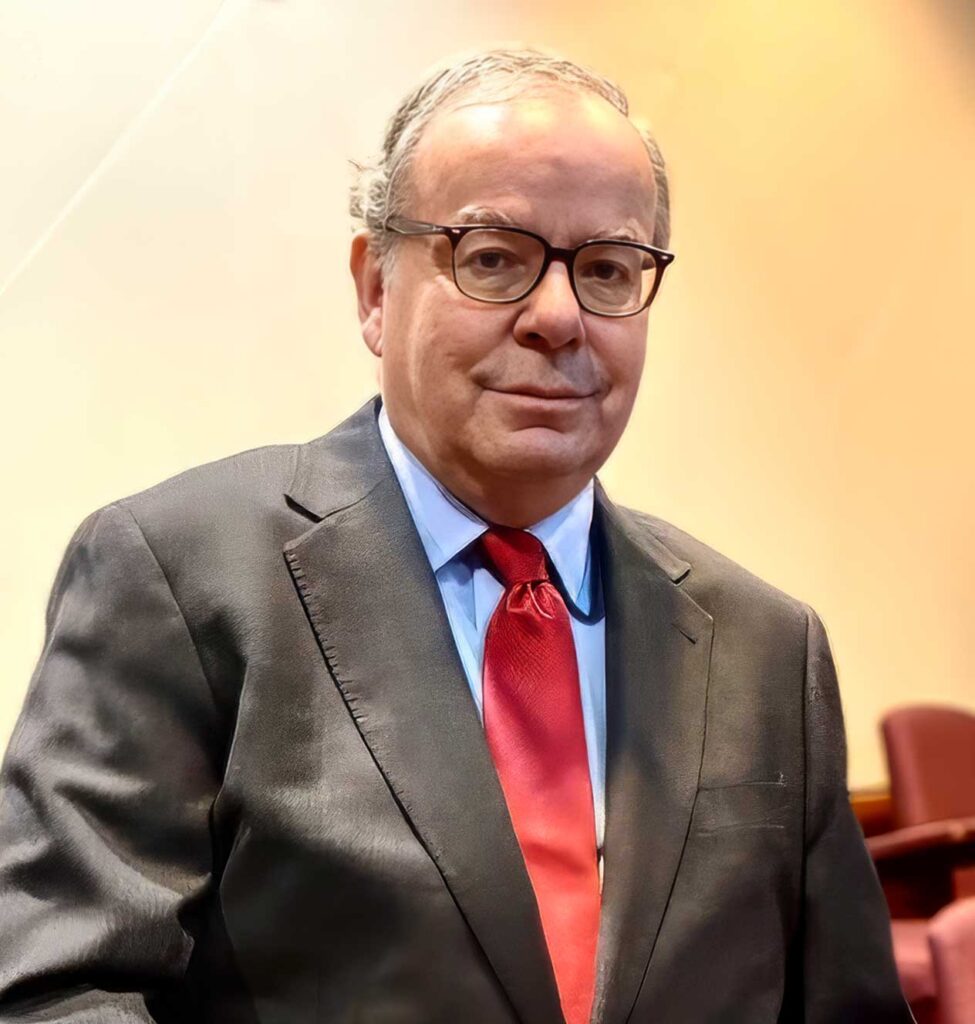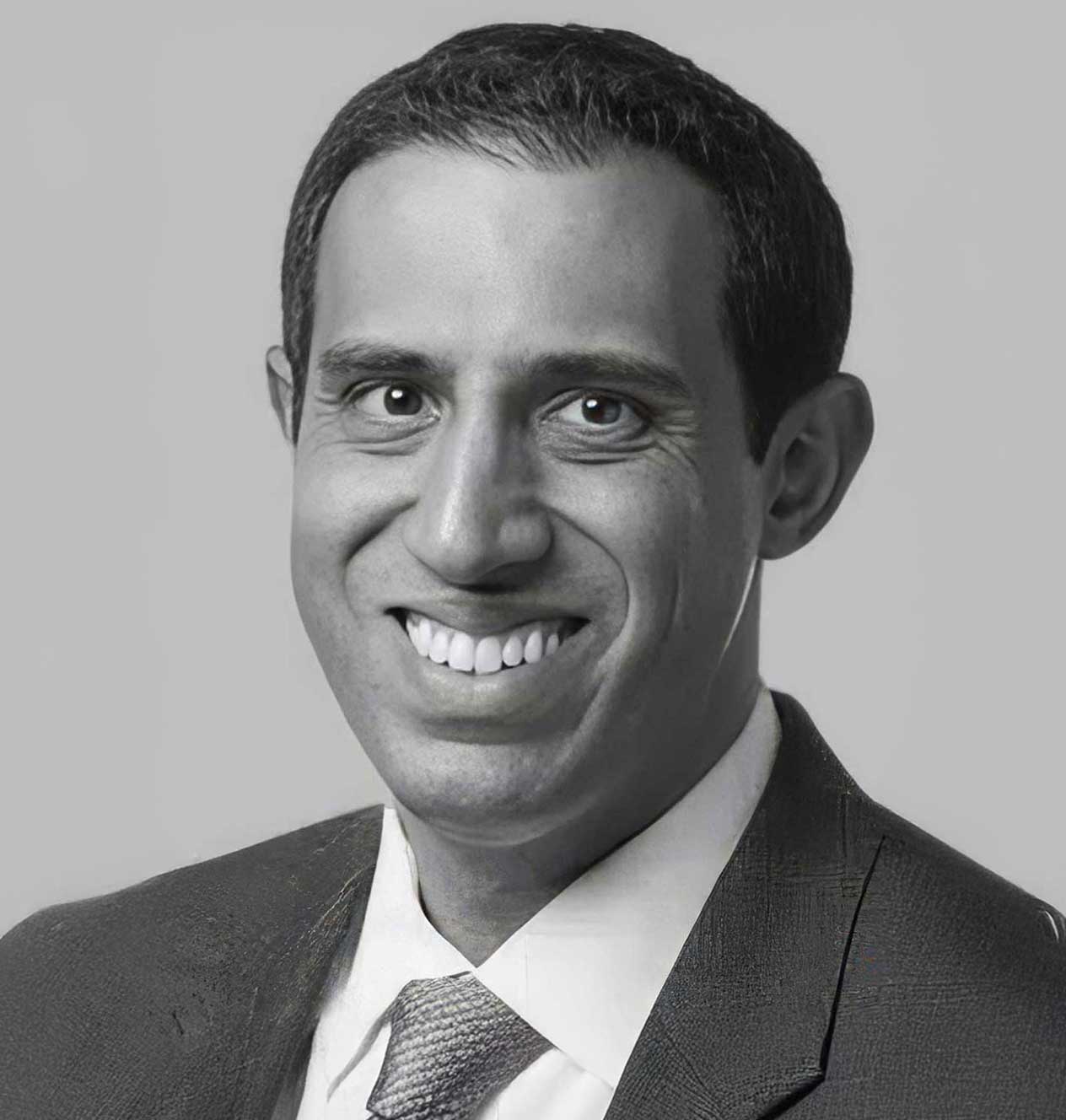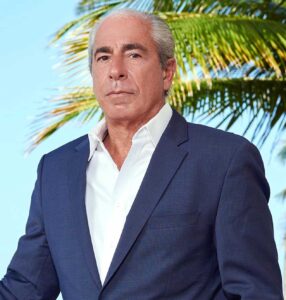Share Your Story with Trial Lawyer’s Journal
Trial Lawyer’s Journal is built on the voices of trial lawyers like you. Share your journey, insights, and experiences through articles, interviews, and our podcast, Celebrating Justice.
Stay Updated
Sign up for our newsletter to get the latest from TLJ.
What is an MDL?
An MDL, or Multidistrict Litigation, is a special federal legal process that consolidates multiple civil lawsuits involving similar facts into one court for pretrial proceedings. This streamlines litigation when many individuals file lawsuits against the same defendant(s)—often in cases involving dangerous drugs, defective medical devices, or consumer product failures.
MDLs are designed to promote efficiency, reduce inconsistent rulings, and speed up resolution for both plaintiffs and defendants.
How does multidistrict litigation work?
When numerous lawsuits across the country share common factual issues, the Judicial Panel on Multidistrict Litigation (JPML) can transfer those cases to a single federal court. This court will handle pretrial motions, discovery, and settlement efforts. Once pretrial matters are resolved, cases may be sent back (remanded) to their original courts for trial—unless they settle beforehand.
MDLs are often confused with class actions, but they are not the same.
Cases are consolidated only for pretrial purposes, not trial.
Each plaintiff maintains an individual claim and right to compensation.
One judge oversees coordinated discovery and rulings, improving consistency.
Cases may resolve through global settlements, bellwether trials, or remand.
What types of cases become MDLs?
MDLs are most common in product liability, pharmaceutical, environmental, and data breach cases—any situation where hundreds or thousands of plaintiffs are harmed by the same issue. These lawsuits involve complex scientific or technical evidence that’s best handled centrally.
Examples include litigation involving defective medical implants, recalled drugs, or toxic exposures.
Defective drugs or medical devices (e.g., opioids, hernia mesh, IVC filters)
Toxic torts (e.g., Roundup, PFAS “forever chemicals”)
Consumer product defects (e.g., faulty appliances, auto recalls)
Mass data breaches affecting millions of users
What are the benefits of an MDL for plaintiffs?
MDLs offer major advantages for plaintiffs by combining legal resources, expert testimony, and shared evidence. This reduces litigation costs and improves the chances of a fair settlement. Plaintiffs still retain their own legal representation and can pursue individual compensation based on their specific damages.
Bellwether trials—early test cases—help both sides assess the value of claims and guide settlement talks.
Lower legal costs due to shared discovery and expert witnesses.
Faster resolutions compared to handling thousands of separate cases.
Increased negotiating power when plaintiffs act as a group.
More consistency in rulings and evidence handling across similar cases.
How is an MDL different from a class action?
Though both MDLs and class actions involve many plaintiffs, the legal structures are different. In a class action, all plaintiffs are treated as one group, and any outcome (settlement or verdict) applies to the entire class. In contrast, an MDL keeps each plaintiff’s case separate, allowing for personalized damages and evidence.
This makes MDLs better suited for personal injury claims, where individual harm varies significantly.
MDL = separate cases combined for pretrial, but individualized outcomes.
Class action = one unified case, with all plaintiffs treated as one.
MDLs allow for personalized compensation and evidence presentation.
Class actions require court approval to certify the class, MDLs do not.
Conclusion
An MDL—or multidistrict litigation—is a powerful tool in the U.S. legal system that helps manage large volumes of similar lawsuits efficiently. For injured plaintiffs, participating in an MDL allows access to coordinated legal action without giving up individual rights. If you’ve been harmed by a defective product or dangerous drug, joining an MDL may be the most effective way to pursue justice.
What is an MDL in a lawsuit?
An MDL, or multidistrict litigation, is a legal procedure that consolidates multiple federal lawsuits with similar facts into one court for pretrial proceedings. It improves efficiency and consistency in large-scale litigation.
Is an MDL the same as a class action?
No. An MDL keeps each plaintiff’s case separate, while a class action treats all plaintiffs as one group. MDLs are typically used for personal injury cases where harm varies by person.
How does a case become part of an MDL?
Cases are transferred to an MDL by the Judicial Panel on Multidistrict Litigation (JPML) if they share common facts. Plaintiffs can file directly into the MDL or transfer their case after filing elsewhere.
Do I need a lawyer to join an MDL?
Yes. Each plaintiff in an MDL is individually represented, and having a personal injury attorney ensures your specific injuries and damages are properly presented and valued.
Featured Articles
-
Glossary
What is a Demurrer Judgment?
What is a Demurrer Judgment? A Demurrer Judgment is a court ruling issued after a defendant files a demurrer, arguing that the plaintiff’s complaint.
-
Glossary
What is the TPPRA?
What is the TPPRA? The TPPRA, or Third Party Payor Recovery Act, is a legal statute—most notably used in states like Texas—that gives third-party.
-
Glossary
What are Jury Instructions?
What are Jury Instructions? Jury instructions are the formal legal directions given by a judge to the jury before deliberation in a trial. These.
Explore our Contributors
Discover Next
Insights from Experts
Learn from industry experts about key cases, the business of law, and more insights that shape the future of trial law.







